- Location: Las Ramblas 35
- Since 1970, this spot in the heart of Barcelona delivers pure flamenco without any tech. The setting and acoustics make it a magical experience.
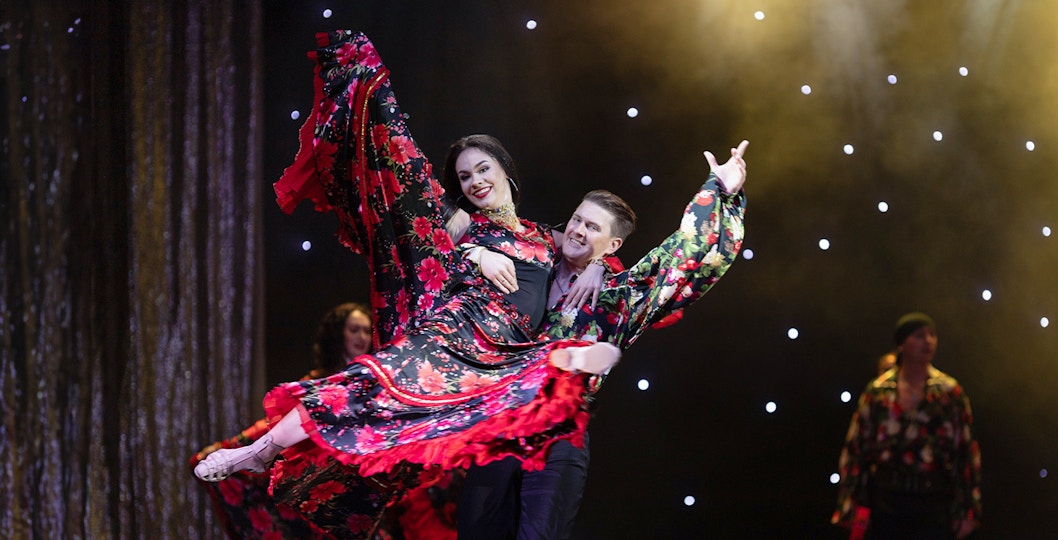
Flamenco in Barcelona? Say no more! Although flamenco is often associated with southern Spain, you may be shocked to learn that flamenco has roots in Catalonia and Barcelona that extend over two centuries. This dispels the myth that flamenco performances in Barcelona cannot be genuine. The streets and squares of this city were turned into hotspots for flamenco by some of the best names in the genre, such as Carmen Amaya, the legendary guitarist and singer El Pescaílla, Peret and Gato Pérez, the founders of Spanish rumba, and many more. Where to go and how to prepare for the ultimate flamenco experience while in Barcelona? Read on!
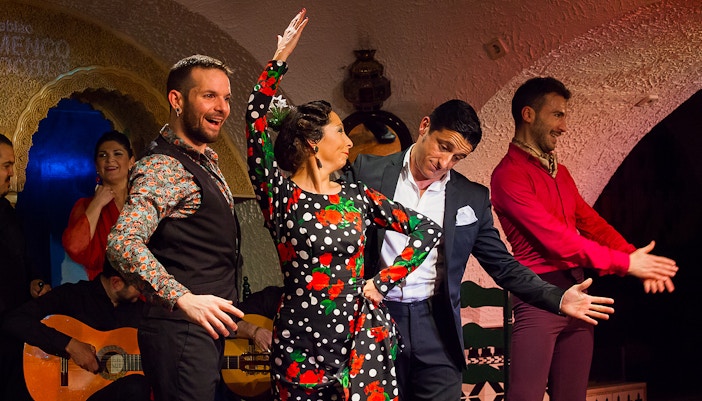
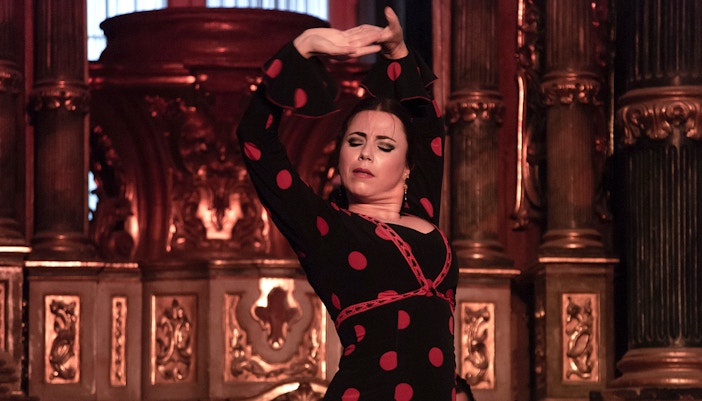
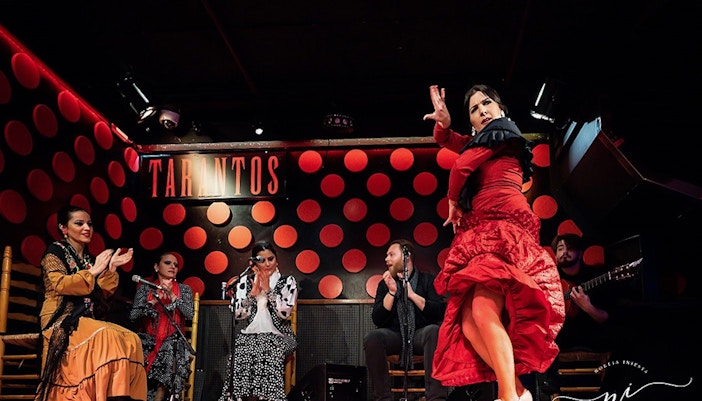
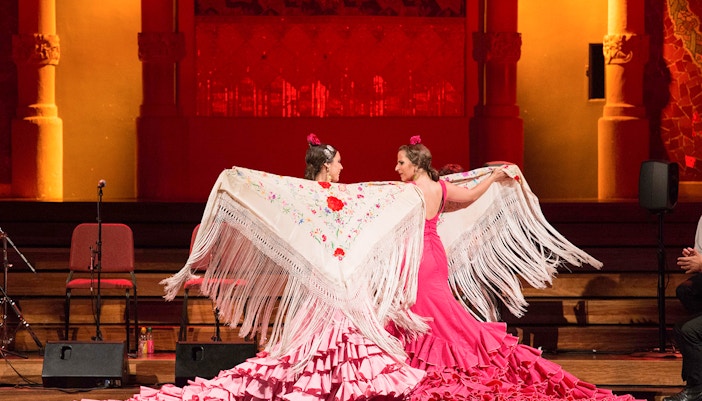
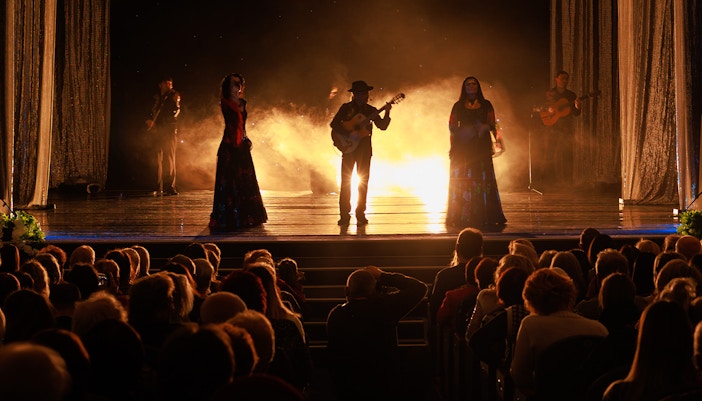
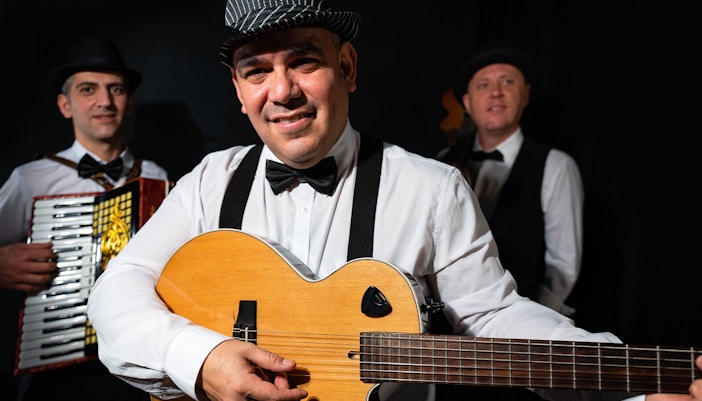
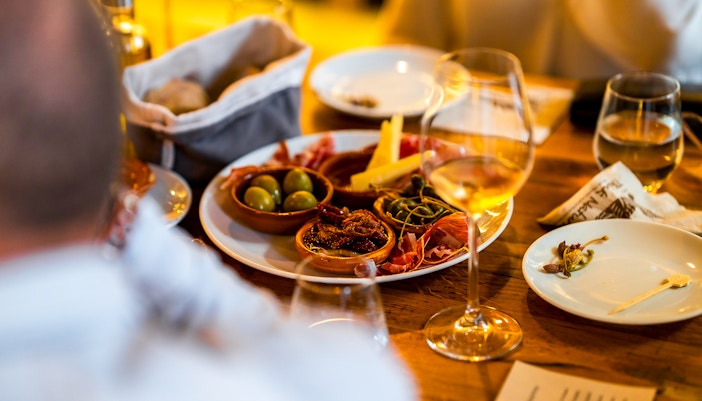
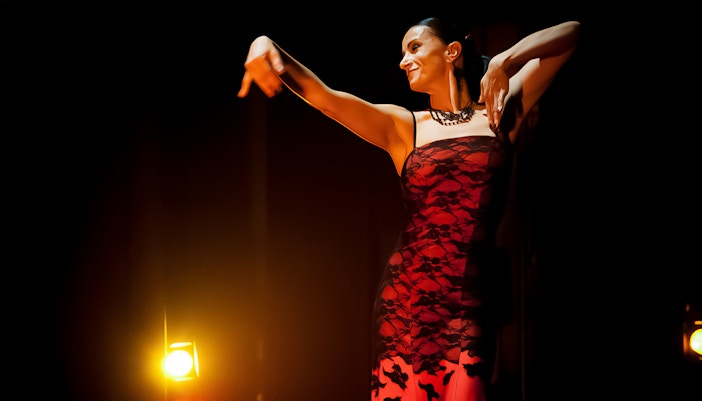
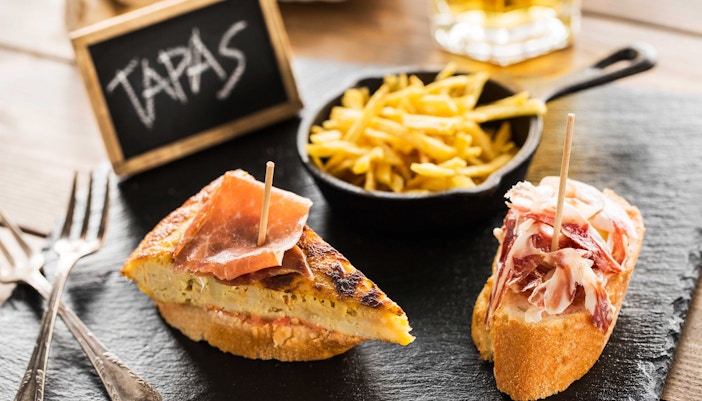
Barcelona's flamenco roots, influenced by trade, Andalusian migration, and cultural openness, date back to the mid-19th century. The Grand Theatre Liceu's 1847 inauguration marked a pivotal moment, featuring passionate flamenco performances that captivated audiences. By the late 1800s, Barcelona boasted seventy-four singing cafes, hosting luminaries like Lola Montes. Cordobes, founded in 1970, remains a genuine relic of Barcelona's showbiz heyday, standing as an authentic cultural institution with historical significance, distinct from the typical tourist fare.
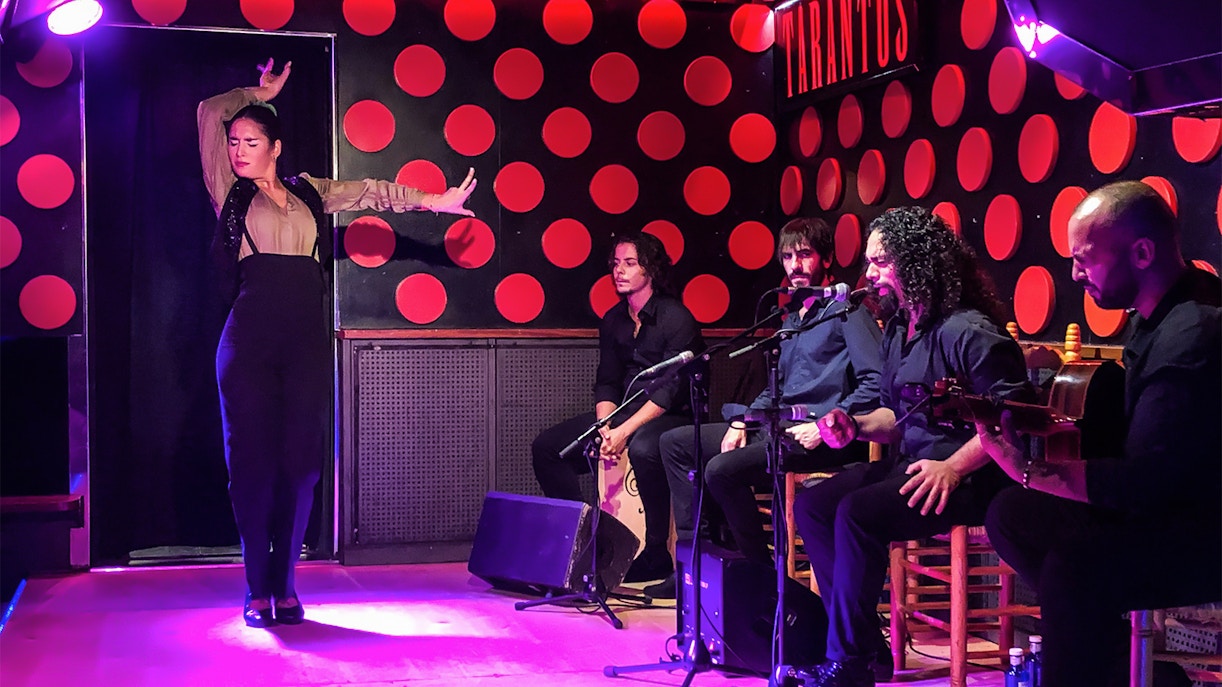
Barcelona boasts several fantastic options, from traditional tablaos like Tablao Cordobes and Los Tarantos to contemporary theaters like Palau Dalmases. Consider your budget and preferred atmosphere when choosing.
Prices vary depending on the venue, show time, and artist. Shows at smaller tablaos generally range from €20-€40, while prestigious theaters can be €50-€100+.
Dress code is generally smart casual. Avoid overly casual attire like sportswear, but there's no need for formal wear. Smart jeans, a nice blouse or dress, and closed-toe shoes are perfect.
Tablaos are intimate spaces offering traditional, no-frills performances, often with tapas service. Theaters present larger-scale productions with elaborate sets and lighting.
Most shows are in Spanish, but some venues offer English explanations or subtitles. Check beforehand if language is a concern.
Absolutely! Several schools offer classes for all levels, from beginner to advanced. Some even specialize in short-term workshops for tourists.
There are many, but some popular ones you might encounter are Soleá (melancholic), Alegrías (fast and festive), and Sevillanas (playful and rhythmic).
Yes! Clapping is encouraged, especially after particularly impressive footwork or vocalizations. Learn the "palmas" (rhythmic handclaps) for an extra authentic experience.
Generally yes, especially shorter shows at tablaos. Check the age restrictions before booking if bringing young children.
Definitely! Many tablaos offer pre-show dinners or tapas. You can also explore flamenco museums, attend workshops, or even take a flamenco-themed walking tour.












